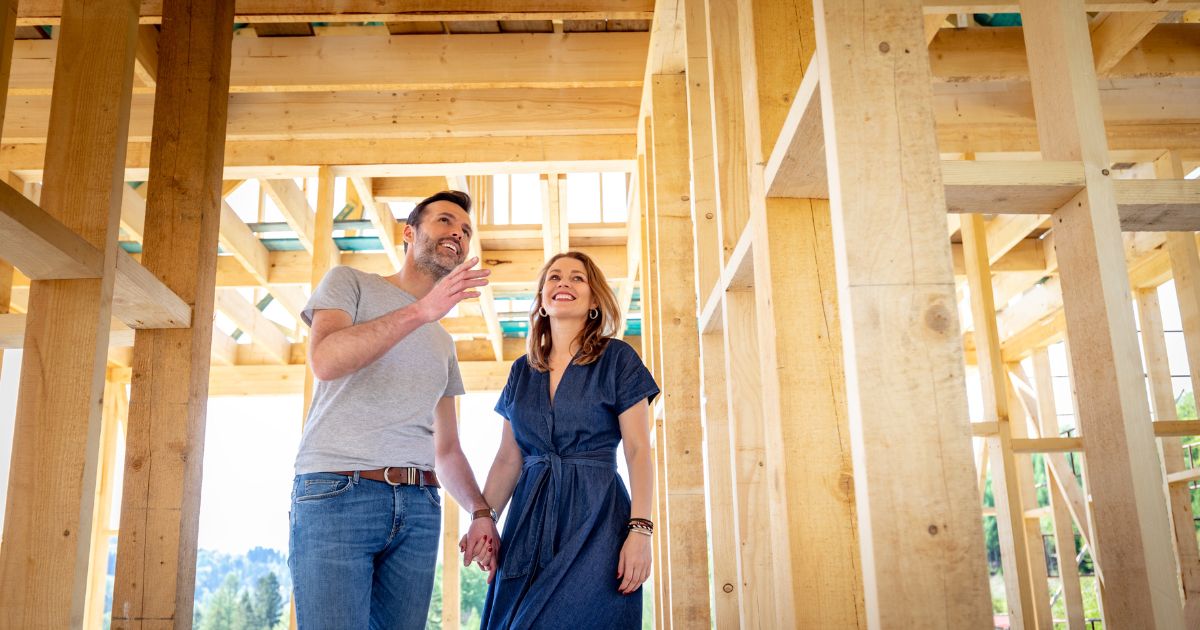Understanding Construction Loans: Financing the Path to Your Dream Home

For many people, buying a ready-made house is the traditional route to homeownership. But what if your vision is building a home tailored to your exact lifestyle and needs? Constructing a property from the ground up requires not only careful planning but also specialized financing. That’s where construction loans come into play. These loans are designed to fund building projects in stages, providing a financial structure that aligns with the construction process.
How Construction Loans Differ from Mortgages
Unlike standard mortgages, which fund the purchase of an existing property, construction loans are short-term, project-based loans. They are distributed in draws as construction milestones are completed rather than as a lump sum at closing. This ensures that funds are used for their intended purpose and that progress is being monitored along the way.
Because of the higher risk involved—such as delays, cost overruns, or incomplete projects—lenders often require more detailed documentation, stricter qualifications, and larger down payments. However, this oversight benefits borrowers too, as it helps keep projects on track and minimizes financial mismanagement.
The Loan Process Step by Step
- Application and Approval – Borrowers must submit building plans, contractor details, and a project timeline. Strong credit and financial stability are essential.
- Draw Schedule – Funds are disbursed in phases, often tied to inspections that confirm work is progressing as agreed.
- Interest-Only Payments – During construction, borrowers typically only pay interest on the amount already drawn, easing financial pressure during the build.
- Conversion or Refinance – Once construction is complete, the loan may convert into a permanent mortgage or require refinancing, depending on the loan type.
Types of Construction Loans
Different borrowers have different needs, and lenders provide various construction financing options to meet them:
- Construction-to-Permanent Loans – Begin as construction financing, then seamlessly roll into a mortgage when the build is complete.
- Standalone Construction Loans – Cover only the construction phase; the borrower must secure permanent financing afterward.
- Renovation Loans – Designed for major remodeling or property improvement projects rather than new builds.
- Owner-Builder Loans – For those serving as their own contractors, though approval is harder to obtain due to the added risks.
Advantages of Choosing a Construction Loan
For individuals and developers who qualify, construction loans provide unique benefits:
- Flexibility in Customization – Instead of buying an existing property, you’re building exactly what you want.
- Structured Funding – Payments are tied to construction stages, reducing misuse of funds.
- Financial Breathing Room – Interest-only payments during construction make managing cash flow easier.
- Accountability and Oversight – Regular inspections provide reassurance that your investment is being managed properly.
Potential Challenges to Consider
Like all financing options, construction loans come with challenges. Interest rates are often higher than traditional mortgages. Down payment requirements can be steep, sometimes 20–25% of the total project cost. And because these loans involve more moving parts—contractors, permits, inspections, and timelines—delays and unexpected costs are common.
Understanding these challenges upfront helps borrowers prepare for them, often by setting aside contingency funds or working closely with experienced builders.
Tips for Securing a Construction Loan
- Work With a Qualified Builder – Lenders are more likely to approve projects backed by reputable, licensed contractors.
- Maintain a Strong Financial Profile – Excellent credit, low debt, and steady income greatly improve your chances.
- Provide Comprehensive Documentation – Detailed blueprints, budgets, and permits show lenders you are serious and prepared.
- Plan for Surprises – Unexpected costs happen in construction, so include a buffer in your budget.
Who Should Use Construction Loans?
These loans are best suited for people with a clear vision for a custom home, developers working on new residential projects, or homeowners planning large-scale renovations. If you want flexibility, oversight, and a financing solution tailored to the building process, construction loans are often the best option.
Conclusion
Building a home from the ground up is an exciting journey, but it comes with financial challenges that a standard mortgage can’t address. Construction loans fill this gap, offering staged funding, accountability, and flexibility throughout the process. While they require careful preparation, higher qualifications, and strong financial planning, they remain one of the most effective ways to finance new builds or major renovations. With the right lender and a solid plan, construction loans can transform your blueprint into reality.
